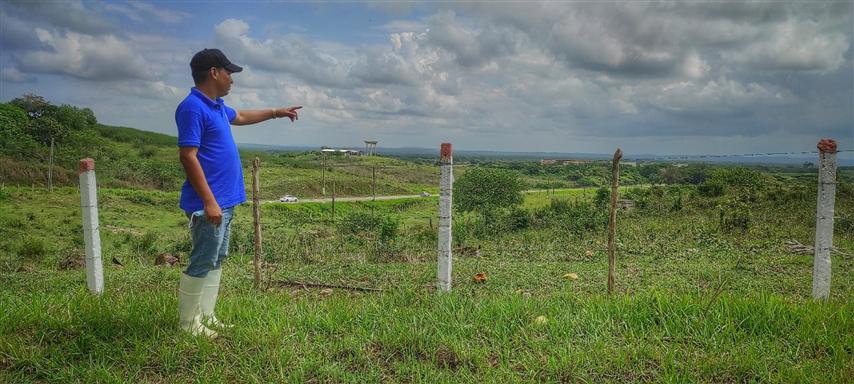It was precisely from a small hill between the boundaries of the Camagüey municipalities of Najasa and Jimaguayu, Vista Hermosa, where Fidel designed what is known as the dairy basin project, in Cuba’s most livestock-producing region.
The idea materialized in the 1980s and is being reborn today, at a time when Cuba needs higher levels of food production.
Aware of the situation, 27-year-old Arnaldo Gil, general director of the Jimaguayu agricultural company, spoke with Prensa Latina.
“We know that much of the future lies in food production, the Commander’s idea served to better manage different species of livestock, and achieve more efficiency in the farm,” he said.
His youth does not prevent him from speaking with criteria on “the red factor that was a kind of great potential and that we maintain today in search of revitalizing the sector, always with the leading role of the new generation of peasants and that they do not go to town.”
The government policy in Cuba has facilitated different regulations in recent years to stimulate agricultural production.
“We have palpable results that directly affect the community, and producers can earn up to 20,000 Cuban pesos in a month, they feel more supported,” Gil noted.
In its more than 16,000 square kilometers, Camagüey has the two Credit and Services Cooperatives (CCS) with the largest contribution of milk to the industry, with more than 1,200,000 liters annually.
Half a century ago, Fidel Castro inaugurated the “Pino Tres” Agricultural Polytechnic Institute on the Vista Hermosa heights, where this year a 11,000-euro scientific laboratory will be inaugurated for the pathological analysis of cattle.
jg/rgh/fam










